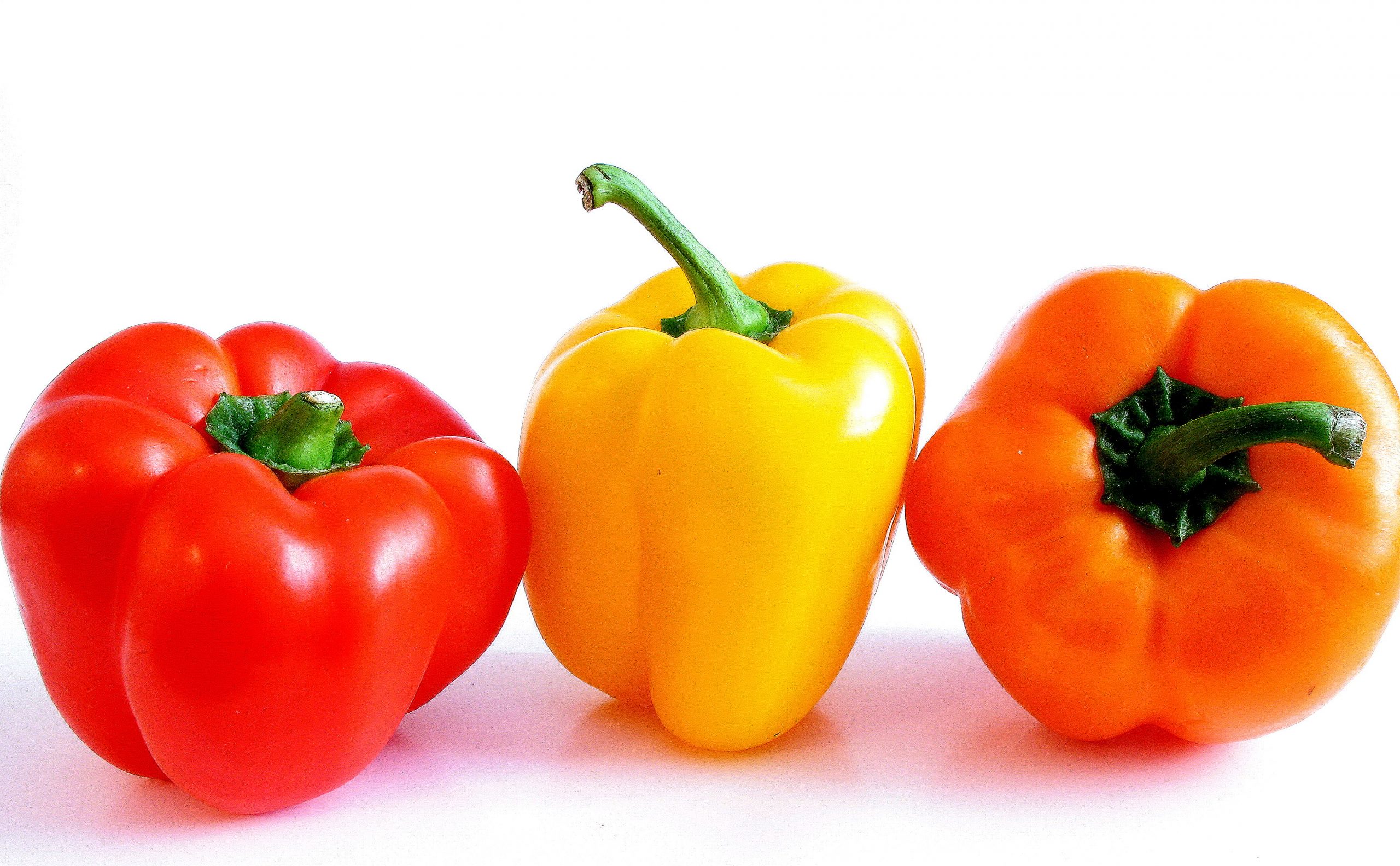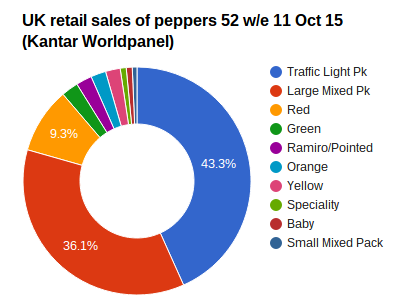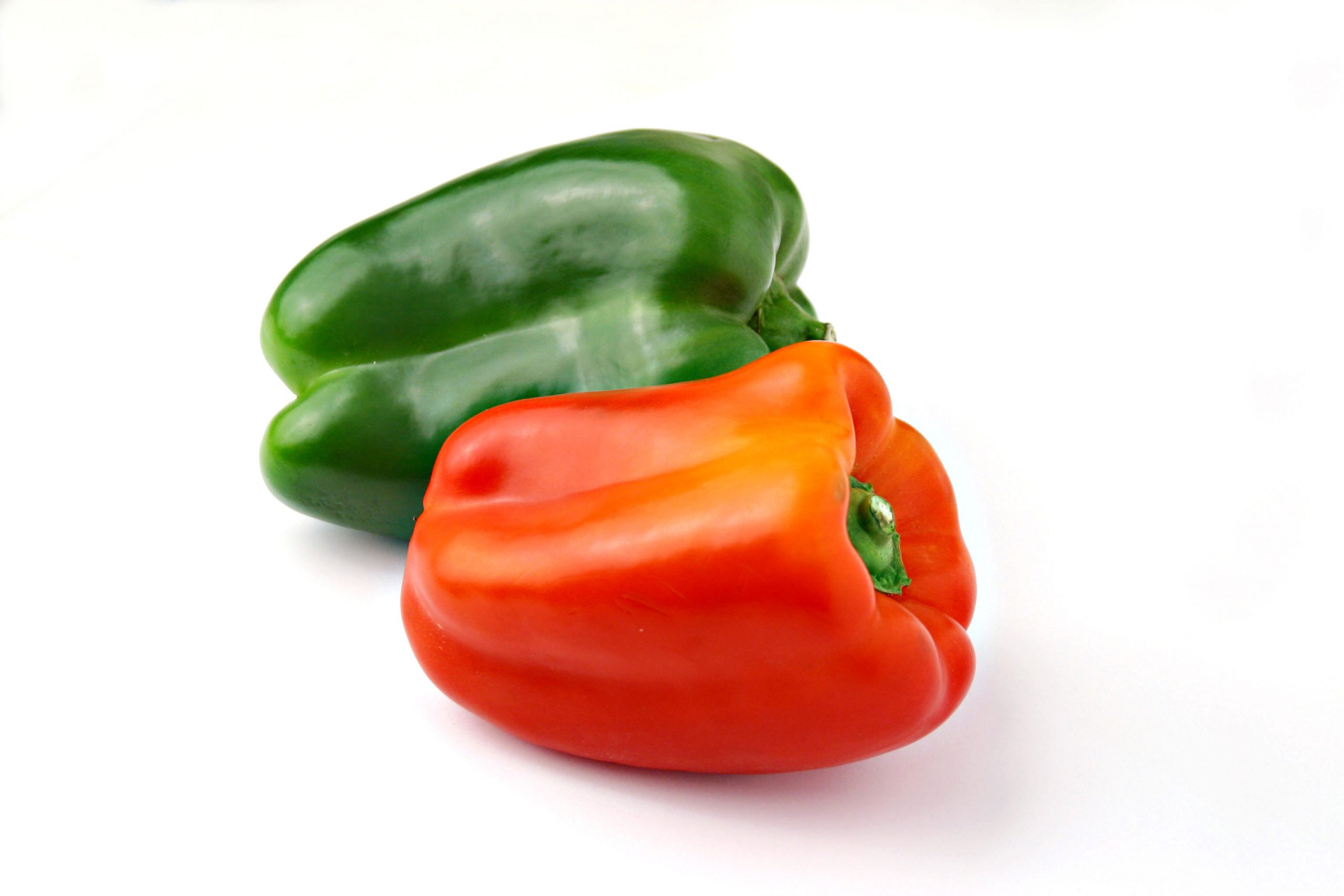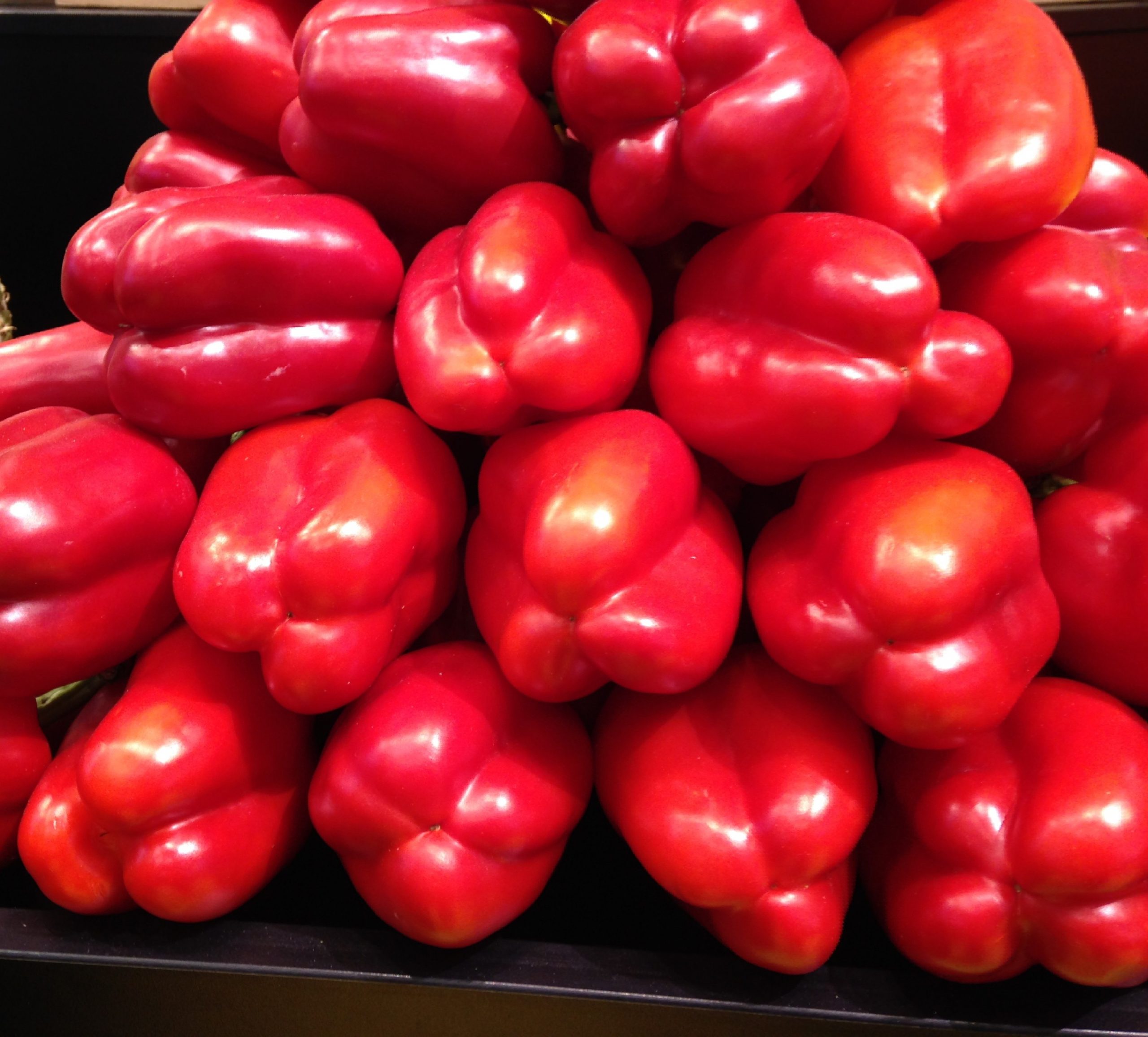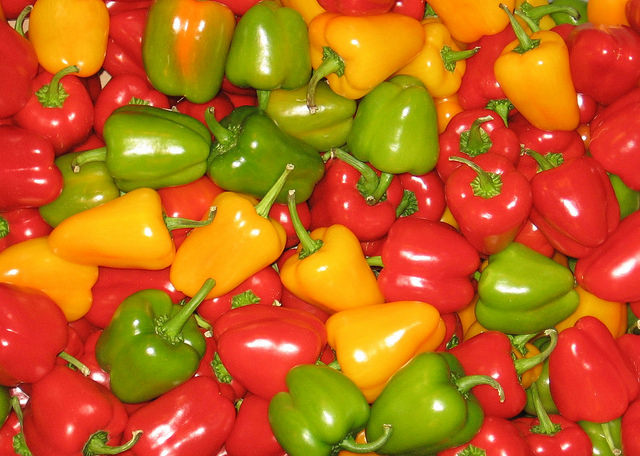
Retail sales of peppers in the United States grew 4.9% in value, to $1.3 billion, and 3.2% in volume, to 603.5 million pounds, year-over-year in the 52 weeks to September 26, 2015, Nielsen data shows.
The sweet green pepper was the biggest seller – accounting for 28.5% of the total spend in the category and nearly 40% of the volume sold – with total sales of $386.9 million (+1.2%) from 235 million pounds (+2.4%).
Next in volume came the sweet red pepper, up 3.1% on the same period a year before to 118.7 million pounds, followed by the ‘other sweet’ category then hot jalapeno, sweet yellow and sweet orange peppers.


Among the top 10 varieties, the biggest growth YOY was for hot dried peppers, sales of which rose 22.9% in volume to 2.4 million lb while the spend was up nearly 35% to $14.1 million. There was also double digit growth in either the volume, spend or both for hot chilli, hot poblano, sweet yellow and sweet orange peppers.
Though off a much smaller base, sales of the hot ancho pepper shot up 74% in volume (to 25,588 lb) and 140.1% in value (to $205,569) and ‘other hot’ peppers climbed 8.6% in volume (to 116,971 lb) and 16.9% in value (to $8 million).
While sales of the hot habanero pepper fell 10.3% in volume, to 4.8 million lb, they gained 13.1% in value, for a total of $8.6 million. Similarly, sales of the hot Anaheim pepper slid 4.8% to 5.4 million but for a total spend up 4% to $8.6 million.
Down in both value and volume were the hot mixed, hot Scotch bonnet, hot cubanelle, hot habanero, sweet white and sweet purple peppers.

source: Nielsen

